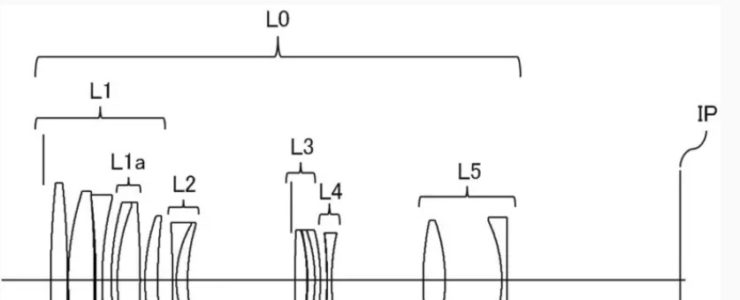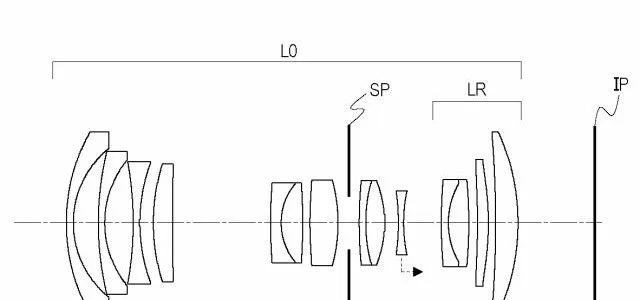The same user that posted a much reposted set of alleged Canon EOS R1 specifications, posted a set of alleged Nikon Z 6 Mark III specifications.
Coming from Weibo, here are the suggested Nikon Z 6 Mark III specifications. They are machine translated and partly manually corrected. The [?] means I have no idea what it means. Suggestions welcome.
- Accelerated FX picture 24.5 Megapixels BSI CMOS Sensor
- EXPEED 7 processor
- Same form factor as the Z 8
- Easy-to-use multi-angle LCD screen, bright EVF
- Optimized ergonomics
- 7 stops IBIS, better than Z f optimised video stabilisation
- Pixel displacement high resolution photography [?]
- Double data flow AF system, updated focus algorithms and methods, better AF than Z f and Z 8
- FX picture with the highest 40fps electronic shutter consecutive shot with 120fps DX picture electronic shutter
- 6K/60p & 4K/120p 12Bit N-RAW recording
- 4K H.265 10Bit MOV video, which can be a FX picture of 6K after sampling 4K, or a DX picture with a maximum of 120p.
- 4K ProRes 422 HQ 10 MOV video, up to 4K/60p
- Fine quick door corner options, project frame rate and shooting frame rate split [?]
- Two card slots supporting CFexpress B, SD UHS-II
- Support WiFi 2.4/5 GHz, Bluetooth LE connection






